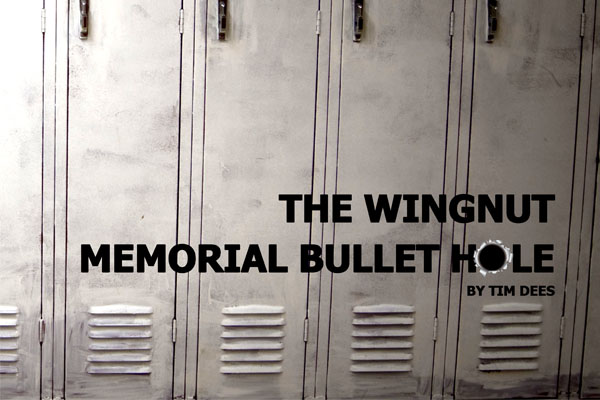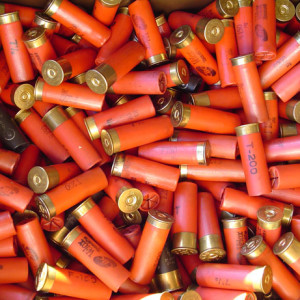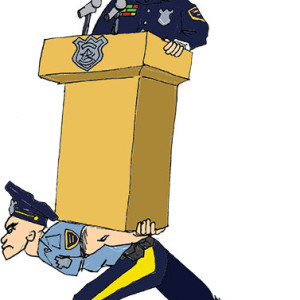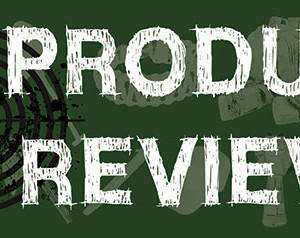
The Wingnut Memorial Bullet Hole
By Tim Dees
Cops handle, carry and/or use guns nearly every day of their careers, and many believe themselves to be expert gun handlers. Few actually are.
Cops aren’t even especially good marksmen in the clutch. Depending on which study you want to believe, as many as seven out of ten bullets fired by police outside of the pistol range don’t go where they were intended. Fortunately, criminals tend to be even less accurate. Much of this has to do with training. Firearms training is expensive and marksmanship is a perishable skill. Most cops don’t get much training in firearms after they leave the police academy. Instead, they complete “qualification” courses one to six times per year.
Many of those courses involve standing in one place, firing off rounds at a stationary target, and the only stressor is the generous time limit allowed to do it. Actual gunfights are not like that. If the cop doesn’t get the minimum score required, a typical remedy is to send him through the course again until he makes the grade. An embarrassing number of firearms mishaps occur inside police stations. Some of these are acts of carelessness, but more seem to take place when the officer is showing off.
When my former police employer permitted us to carry only revolvers, there were always a couple of daredevils who had to have semi-auto pistols. One shot himself in the foot while putting the pistol into an ankle holster. Another was showing his new Walther PPK (the original James Bond gun) to another officer when he discharged the pistol into the copy of Street Survival that was in his locker.
The crowning glory of gun screw-ups was committed by an officer whose nickname was “Wingnut.” No one of any experience paid much attention to him, but rookies didn’t have the benefit of knowing his reckless reputation.
In the unlikely event a cop has to shoot someone at point-blank range, a sure hit is guaranteed by shoving the barrel of the gun into the bad guy’s body. If the gun is a semi-auto pistol and the officer is too forceful, the pressure against the muzzle can push the slide back a fraction of an inch, placing the gun “out of battery” and unable to fire. As soon as the pressure is released, the slide will return to its normal position and the gun will function as expected.
Wingnut was demonstrating this phenomenon to a new officer, using a locker room door jamb as the surrogate bad guy. He was using his own duty pistol and had not bothered to unload it first. He pressed the barrel of the gun against the wall, pushing back the slide, and disconnecting the trigger, so that it traveled harmlessly to the rear stop the first three or four times he pulled it. Wingnut did not realize he was slowly relaxing his grip. The fifth time he pulled the trigger, the gun was back in battery and fired.
The resulting bullet hole, only a few feet from Wingnut’s locker, was a monument to his incompetence. It was repeatedly decorated, framed, labeled and otherwise memorialized, a warning for those who came thereafter not to play with guns in the locker room.
Tim Dees is a retired police officer and the former editor of two major law enforcement websites who writes and consults on technology applications in criminal justice. He can be reached at tim@timdees.com.



